Home>diy>Building & Construction>What Are Green Materials In Construction
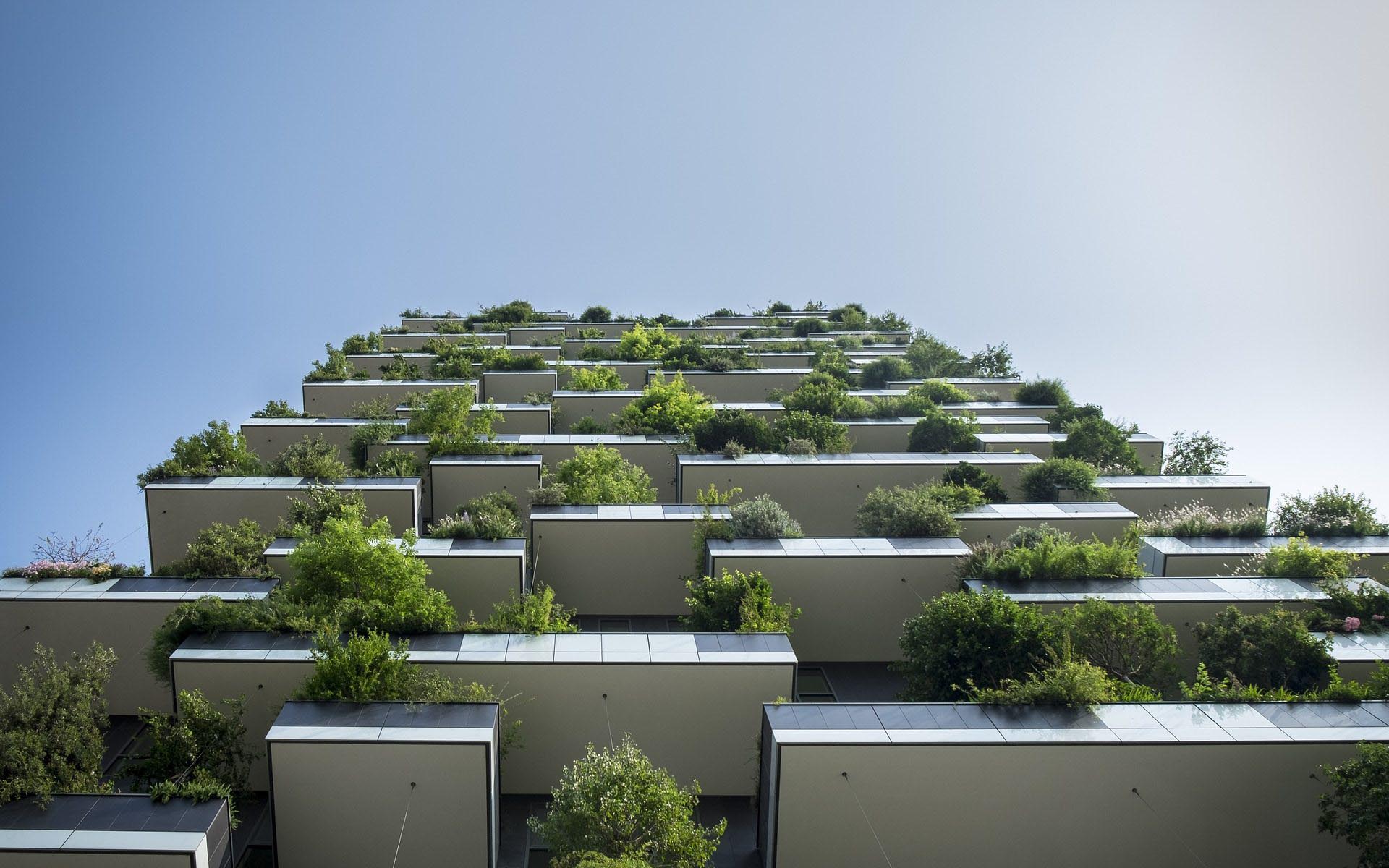

Building & Construction
What Are Green Materials In Construction
Modified: December 7, 2023
Discover the significance of green materials in building construction and their impact on sustainability. Explore eco-friendly alternatives for a greener future.
(Many of the links in this article redirect to a specific reviewed product. Your purchase of these products through affiliate links helps to generate commission for Storables.com, at no extra cost. Learn more)
Introduction
Welcome to the world of construction, where sturdy buildings and innovative designs come to life. In recent years, there has been a growing focus on sustainable and environmentally friendly practices within the construction industry. This shift has led to the rise of green materials in construction, which prioritize the use of eco-friendly resources and techniques.
Green materials, also known as sustainable or eco-friendly materials, are substances that are chosen and utilized during the construction process with the goal of reducing environmental impact and promoting sustainability. These materials are carefully selected based on their lifecycle assessment, taking into consideration factors such as energy usage, waste generation, and carbon emissions.
By implementing green materials in construction projects, builders and designers can contribute to the preservation of natural resources, minimize pollution, and create healthier living environments. The benefits of incorporating green materials extend beyond environmental conservation, offering advantages to both the construction industry and the end-users of the buildings.
Let’s delve deeper into the definition of green materials and explore their numerous benefits in construction.
Key Takeaways:
- Green materials in construction prioritize sustainability, energy efficiency, and improved indoor air quality. They offer long-term benefits, including reduced environmental impact and enhanced market appeal for buildings.
- Incorporating green materials presents challenges such as affordability and compatibility, but the growing availability and demand for eco-friendly options make it easier than ever to create sustainable and resilient structures.
Read more: What Colors Go With Green Metal Roof
Definition of Green Materials
Green materials in construction refer to building materials that have been sourced, manufactured, or used in a way that reduces their environmental impact. These materials are typically renewable, recyclable, biodegradable, or low in embodied energy. The selection of green materials is based on their ability to minimize negative effects on the environment and human health throughout their lifecycle.
One key aspect of green materials is their sustainability. This means that they are able to meet the needs of the present without compromising the ability of future generations to meet their own needs. Sustainable materials often come from renewable sources, such as timber from responsibly managed forests or bamboo, which grows quickly and can be harvested without causing long-term damage to the ecosystem.
Another important characteristic of green materials is their minimal environmental impact. This includes factors such as low energy consumption during manufacturing, reduced greenhouse gas emissions, and limited waste generation. Green materials also strive to minimize the use of harmful chemicals and toxins, prioritizing the health and well-being of both construction workers and building occupants.
It is worth noting that green materials can be used in various stages of construction, including the foundation, structure, insulation, finishes, and even furniture and fixtures. Incorporating green materials into all aspects of a building’s construction helps create a harmonious and sustainable environment.
In summary, green materials in construction are defined by their ability to promote sustainable practices, minimize environmental impact, and prioritize human health. By utilizing these materials, builders can contribute to the creation of eco-friendly and sustainable buildings that benefit both present and future generations.
Benefits of Green Materials in Construction
The use of green materials in construction offers a wide array of benefits. Let’s explore some of the key advantages:
- Environmental Sustainability: Green materials contribute to the overall sustainability of buildings and construction projects. They help reduce the consumption of non-renewable resources, conserve energy, and minimize waste generation. By choosing sustainable materials, builders can play an active role in preserving the environment for future generations.
- Energy Efficiency: Green materials often have superior energy efficiency properties, helping to reduce a building’s energy consumption. Good insulation materials, for example, can significantly decrease the need for heating or cooling, resulting in lower energy bills. This energy efficiency not only benefits the environment but also provides long-term cost savings to building owners and occupants.
- Improved Indoor Air Quality: Many traditional building materials contain chemicals and volatile organic compounds (VOCs) that can release harmful toxins into the air, negatively impacting indoor air quality. In contrast, green materials are often low in VOCs and contribute to healthier indoor environments. This is particularly beneficial for individuals with respiratory conditions or allergies.
- Reduced Carbon Footprint: The construction industry is a significant contributor to greenhouse gas emissions. By incorporating green materials, which often have lower embodied energy and carbon emissions, builders can help to mitigate the carbon footprint associated with constructing and operating buildings. This is a crucial step in combating climate change and achieving sustainability goals.
- Enhanced Durability and Performance: Green materials are known for their durability and longevity. Many sustainable materials, such as bamboo flooring or metal roofing, are resistant to wear and degradation. By choosing these materials, builders can ensure that their constructions withstand the test of time, reducing the need for frequent repairs or replacements.
- Market Demand and Value: With the increased awareness and importance of sustainability, there is a growing market demand for green buildings. Consumers and businesses are actively seeking environmentally friendly structures. Incorporating green materials in construction projects can enhance market appeal and increase property value, making them more attractive to potential buyers or tenants.
These are just a few of the notable benefits of using green materials in construction. Overall, the adoption of sustainable and eco-friendly practices not only has positive environmental implications but also brings economic and social advantages to both the construction industry and society as a whole.
Types of Green Materials
Green materials come in a wide range of forms, each with its own unique properties and benefits. Let’s explore some of the most common types:
- Natural and Organic Materials: These are materials that occur naturally and can be sourced sustainably. Examples include timber, bamboo, straw, cork, and natural fibers like wool and cotton. These materials often have a low carbon footprint and can be easily replenished, making them an ideal choice for eco-friendly construction.
- Recycled and Reclaimed Materials: Recycling and reusing materials can significantly reduce waste and conserve resources. Recycled materials, such as recycled metal, plastic, glass, and wood, undergo a process to transform them into construction-grade materials. Reclaimed materials, on the other hand, involve salvaging materials from existing buildings or structures for reuse in new construction projects.
- Low-Energy Materials: These materials are designed to minimize energy consumption during manufacturing and throughout their lifecycle. They often require less energy-intensive processes or utilize renewable energy sources. Low-energy materials include adobe, rammed earth, and straw bale construction, which have been used for centuries and have excellent thermal properties.
- Green Insulation Materials: Insulation plays a crucial role in reducing energy consumption and maintaining comfortable indoor temperatures. Green insulation materials include cellulose, made from recycled paper, and natural fibers such as sheep’s wool or hemp. These materials provide effective insulation while being eco-friendly and non-toxic.
- Energy-Efficient Windows and Glazing: Windows and glazing systems with high energy efficiency ratings can greatly enhance a building’s thermal performance. Green options include double or triple glazing, low-emissivity coatings, and insulated frames. These features help to reduce heat loss in winter and minimize heat gain in summer, contributing to energy savings and increased comfort.
- Sustainable Concrete and Masonry: Concrete is a commonly used construction material, but traditional concrete production has a high carbon footprint. Green alternatives include using blended cement with lower CO2 emissions, incorporating recycled materials like crushed glass or fly ash, and exploring new technologies like carbon capture and utilization (CCU) to reduce concrete’s environmental impact.
These are just a few examples of the types of green materials available for construction. It’s important to note that the specific materials chosen will depend on factors such as project requirements, regional availability, and budget. Incorporating a combination of these materials can help create buildings that are not only environmentally friendly but also aesthetically pleasing, functional, and durable.
When selecting green materials for construction, look for options that are sustainably sourced, have low environmental impact, and are energy-efficient. Consider materials like bamboo, recycled steel, reclaimed wood, and low VOC paints.
Examples of Green Materials in Construction Projects
As the demand for sustainable construction practices continues to grow, a variety of green materials are being utilized in construction projects worldwide. Here are some examples:
- Bamboo: Bamboo is a fast-growing plant that can be harvested in just a few years, making it an excellent renewable resource for construction. It is lightweight, durable, and has a high strength-to-weight ratio. Bamboo can be used for various applications, including flooring, wall cladding, and structural elements.
- Recycled Metal: Using recycled metal, such as steel or aluminum, helps conserve natural resources and reduces energy consumption. Recycled metal can be used for structural frameworks, roofing, and exterior cladding, providing strength and durability while minimizing environmental impact.
- Reclaimed Wood: Reclaimed wood, obtained from salvaged sources such as old barns or demolished buildings, adds a unique and rustic touch to construction projects. It eliminates the need to cut down new trees and reduces waste. Reclaimed wood can be used for flooring, furniture, and decorative accents.
- Cellulose Insulation: Made from recycled paper or plant fibers, cellulose insulation is an eco-friendly alternative to traditional insulation materials. It provides excellent thermal performance, reducing energy loss and improving indoor comfort. Cellulose insulation is commonly used in walls, roofs, and attics.
- Recycled Concrete Aggregates: Using recycled concrete aggregates, made from crushing and reusing old concrete, significantly reduces the demand for virgin materials. Recycled concrete can be used for foundations, driveways, and paving, providing strength and durability while minimizing resource depletion.
- Low VOC Paints: Traditional paints contain volatile organic compounds (VOCs), which release harmful chemicals into the air. Low VOC paints, on the other hand, have reduced levels of these toxins, improving indoor air quality. They are available in a wide range of colors and finishes, making them suitable for any interior or exterior application.
- Solar Panels: Solar panels are a popular green material used to generate clean and renewable energy. They can be installed on building rooftops to harness the power of the sun and reduce reliance on fossil fuels. Solar panels not only provide long-term energy savings but also contribute to the reduction of greenhouse gas emissions.
These examples demonstrate the diverse range of green materials that can be utilized in construction projects. By incorporating such materials, builders can create environmentally conscious structures that are both functional and aesthetically appealing.
Read more: How To Build A Green Roof
Challenges and Considerations in Using Green Materials
While the use of green materials in construction offers numerous benefits, there are also challenges and considerations that must be taken into account. Here are some key factors to consider:
- Affordability: Green materials may sometimes come with a higher price tag compared to traditional materials. Builders need to carefully consider their budget and explore cost-effective options without compromising environmental sustainability. However, it’s important to note that the long-term savings in energy costs, maintenance, and potential market value can offset the initial investment.
- Availability: The availability of certain green materials may vary depending on geographical location and regional resources. Builders need to research which green materials are locally sourced and easily accessible. This can help minimize transportation impacts and support local economies.
- Compatibility: Green materials may have different properties and characteristics compared to traditional materials. It’s essential to ensure that green materials are compatible with the overall building design, structural requirements, and other construction materials. Careful planning and coordination are crucial to avoid any potential issues or conflicts during the construction process.
- Performance and Durability: While green materials are generally durable and long-lasting, it’s important to thoroughly evaluate their performance and durability in specific environmental conditions. Factors such as moisture, temperature fluctuations, and exposure to sunlight can affect the lifespan and performance of green materials. Proper installation techniques and regular maintenance can help maximize their longevity.
- Building Codes and Regulations: The adoption of green materials may require builders to comply with specific building codes and regulations. It’s important to understand and navigate these requirements to ensure that the chosen green materials meet or exceed the necessary standards. Collaborating with architects, engineers, and local authorities can help ensure compliance with applicable regulations.
- Educating Stakeholders: Implementing green materials may involve educating and engaging various stakeholders, including clients, contractors, and subcontractors. It’s important to communicate the benefits and importance of using green materials, address any concerns or misconceptions, and foster a shared commitment to sustainability.
Despite these challenges, the increasing availability of green materials, advancements in technology, and growing awareness of sustainability make it easier than ever to incorporate eco-friendly options in construction projects. By carefully considering these challenges and seeking innovative solutions, builders can successfully navigate the transition to using green materials, creating sustainable structures that benefit both the environment and the people who inhabit them.
Conclusion
The adoption of green materials in construction represents a significant shift towards sustainable and eco-friendly practices. These materials, sourced, manufactured, or used in a way that reduces environmental impact, offer a multitude of benefits for both the construction industry and the environment as a whole.
By choosing green materials, builders and designers can contribute to environmental sustainability, conserve resources, reduce energy consumption, and minimize waste generation. The use of sustainable materials also improves indoor air quality, enhances energy efficiency, and promotes the durability and long-term performance of buildings.
From natural and organic materials like bamboo and reclaimed wood to recycled metal, cellulosic insulation, and solar panels, the diversity of green materials available allows for creative and innovative construction approaches. While challenges such as affordability, availability, and compatibility must be considered, the long-term benefits outweigh these considerations. The market demand for green buildings continues to grow, with consumers and businesses showing a strong preference for eco-friendly structures.
As the construction industry evolves, incorporating green materials becomes increasingly essential in meeting sustainability goals and creating a more resilient future. By using green materials, builders not only contribute to reducing their carbon footprint but also add value to their projects and enhance the well-being of the occupants.
It is crucial for stakeholders in the construction industry to continue exploring and adopting green materials, while also considering building codes, regulations, and educating others about the importance of sustainability. By doing so, the industry can drive positive change, create healthier environments, and contribute to a more sustainable world.
In conclusion, green materials in construction are more than just a trend; they are a necessary step towards ensuring a sustainable and resilient built environment for present and future generations.
Frequently Asked Questions about What Are Green Materials In Construction
Was this page helpful?
At Storables.com, we guarantee accurate and reliable information. Our content, validated by Expert Board Contributors, is crafted following stringent Editorial Policies. We're committed to providing you with well-researched, expert-backed insights for all your informational needs.
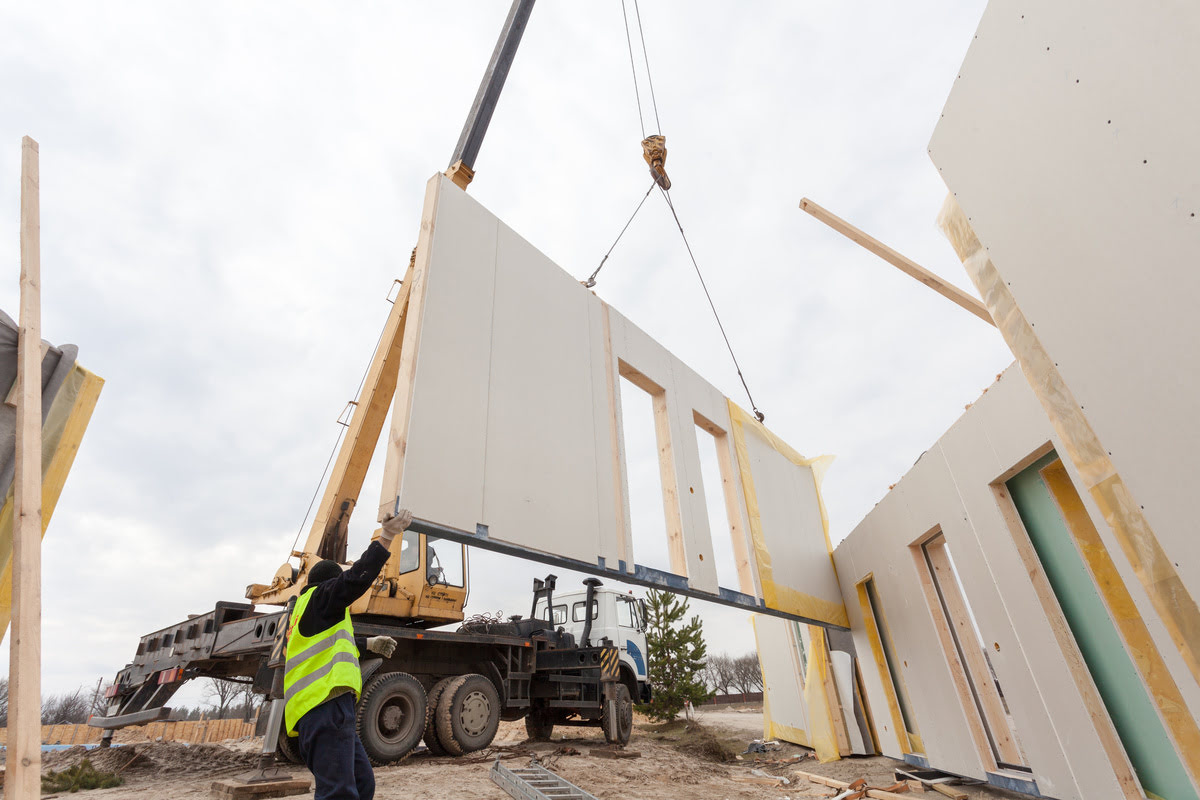
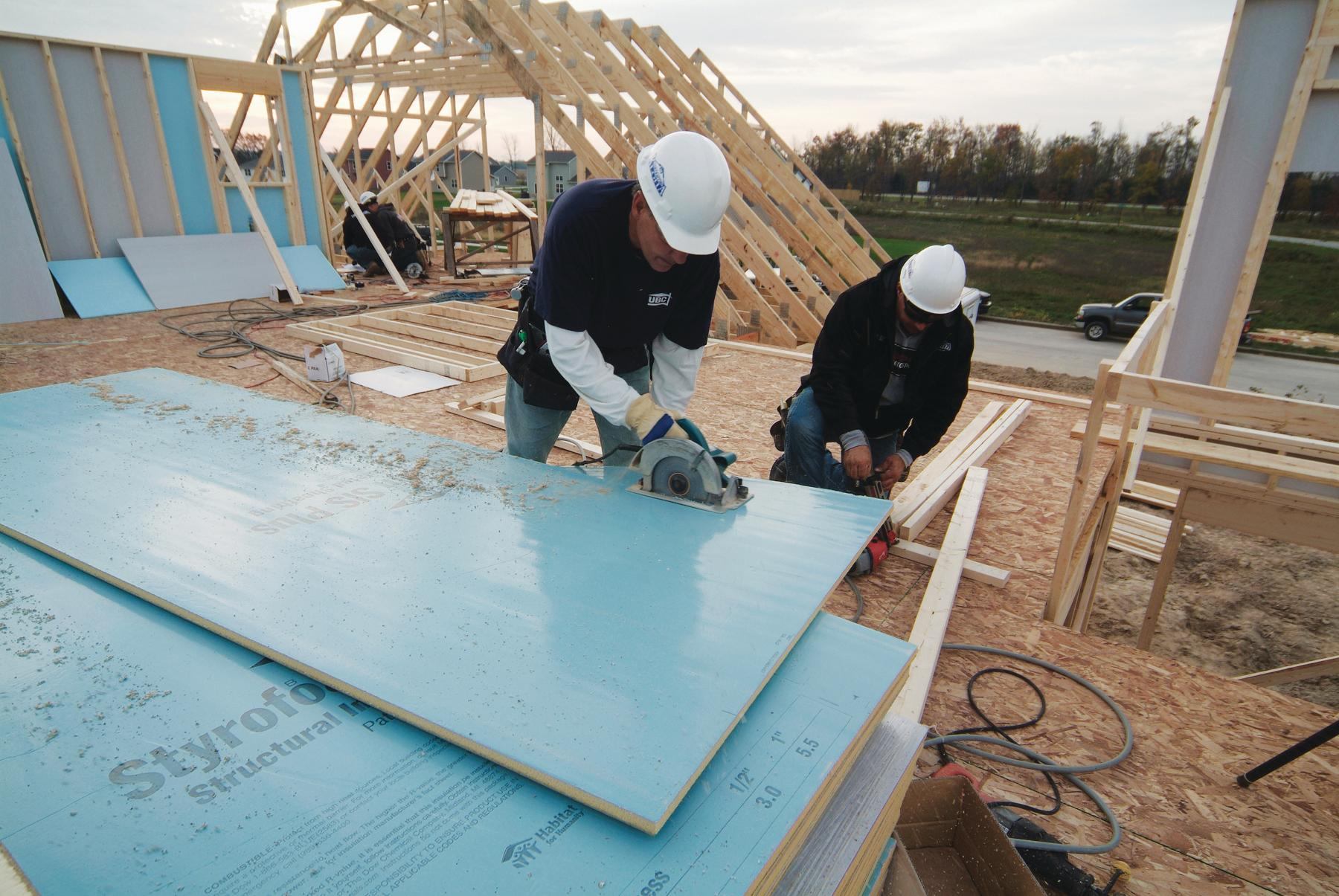


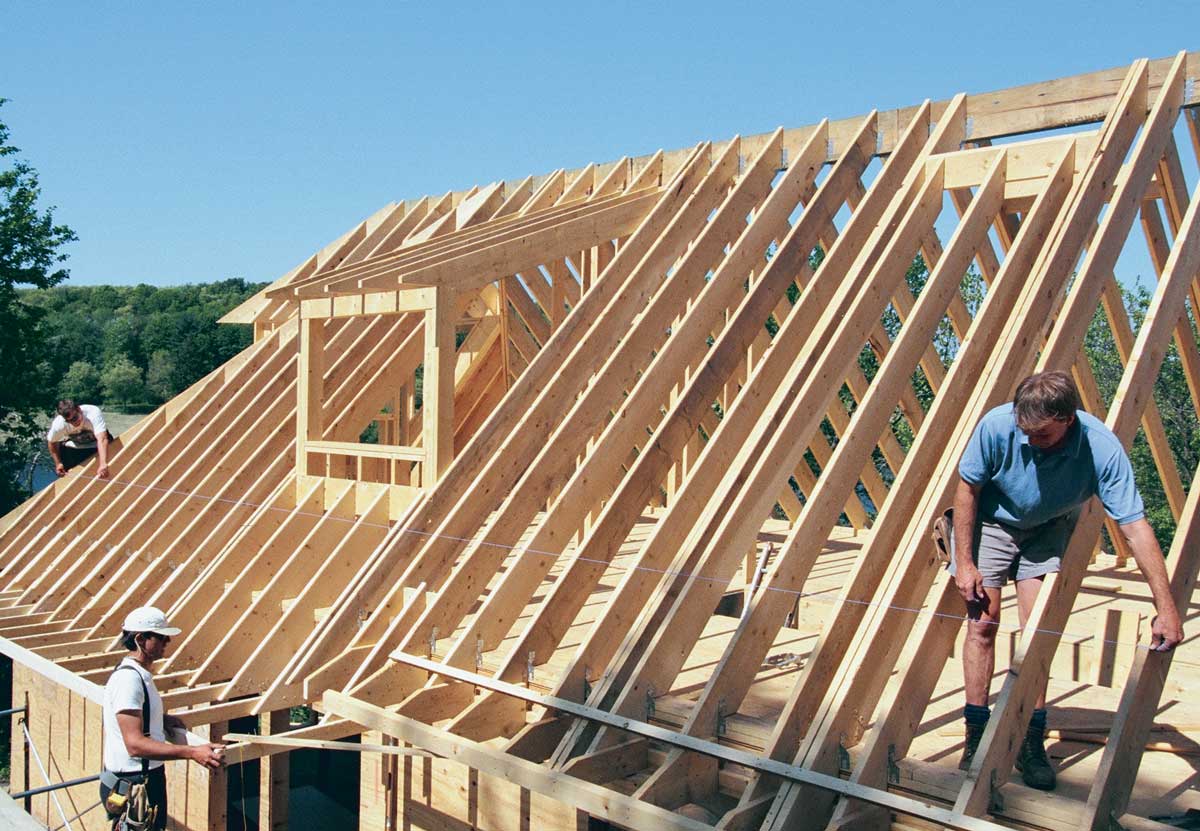

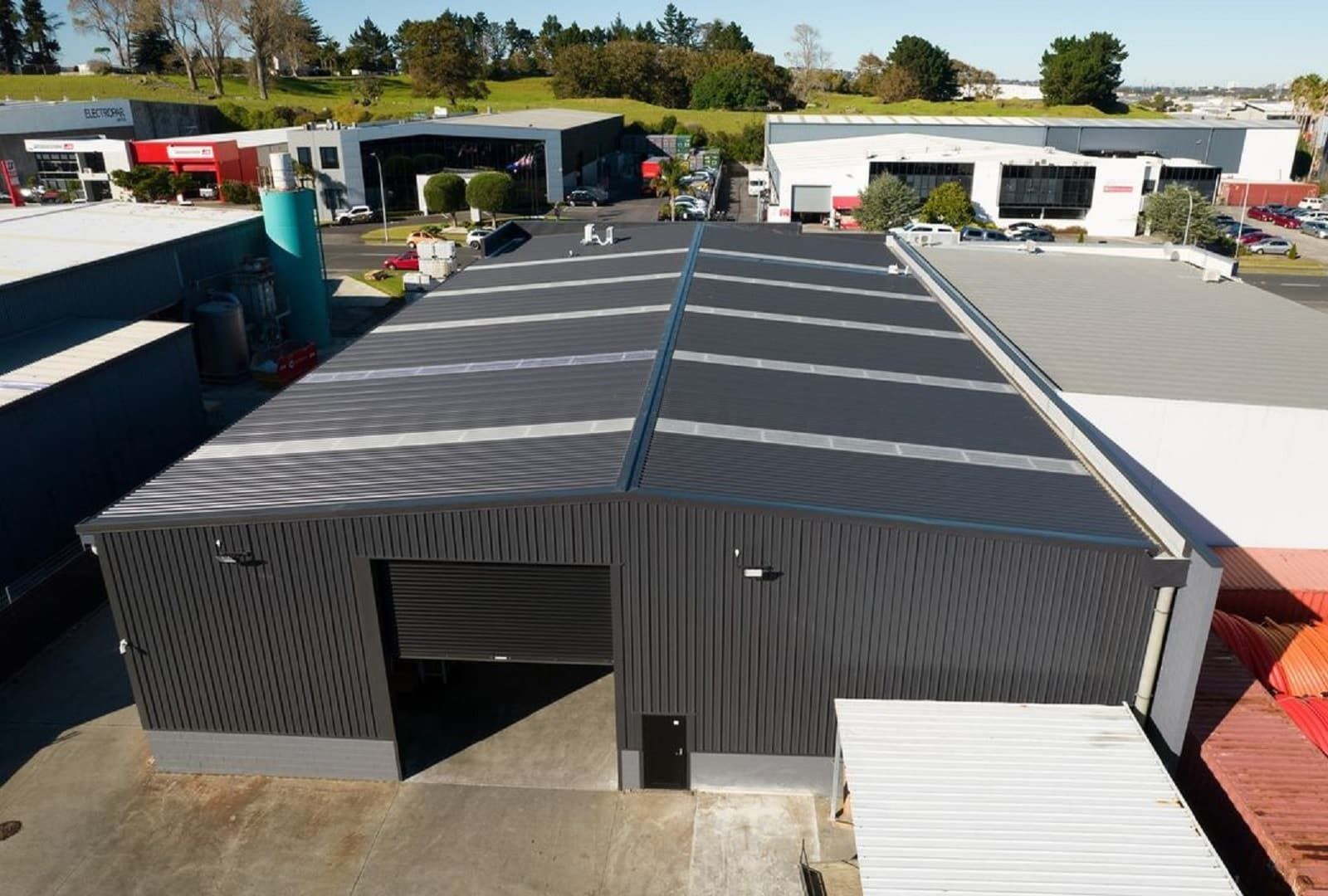

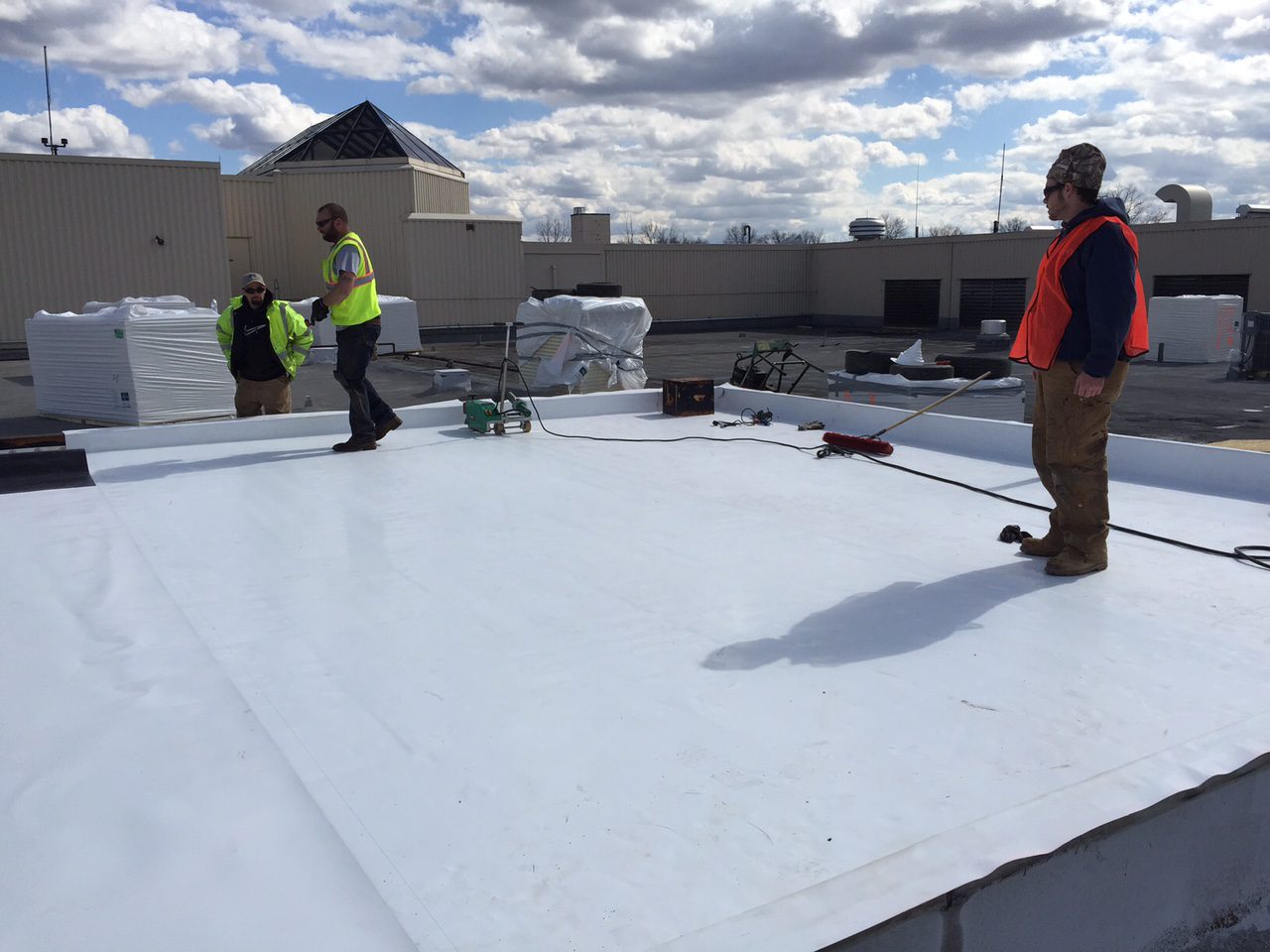
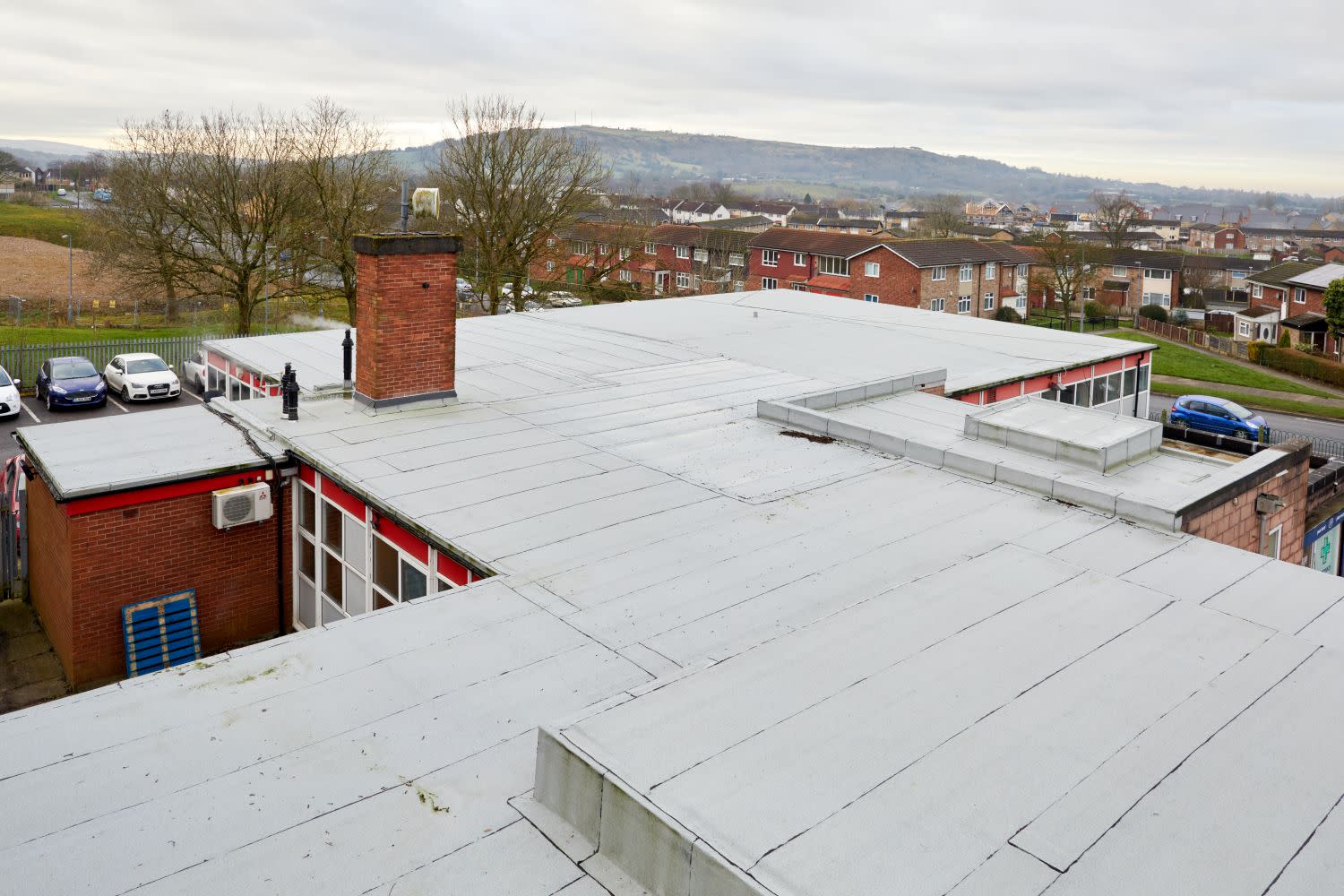
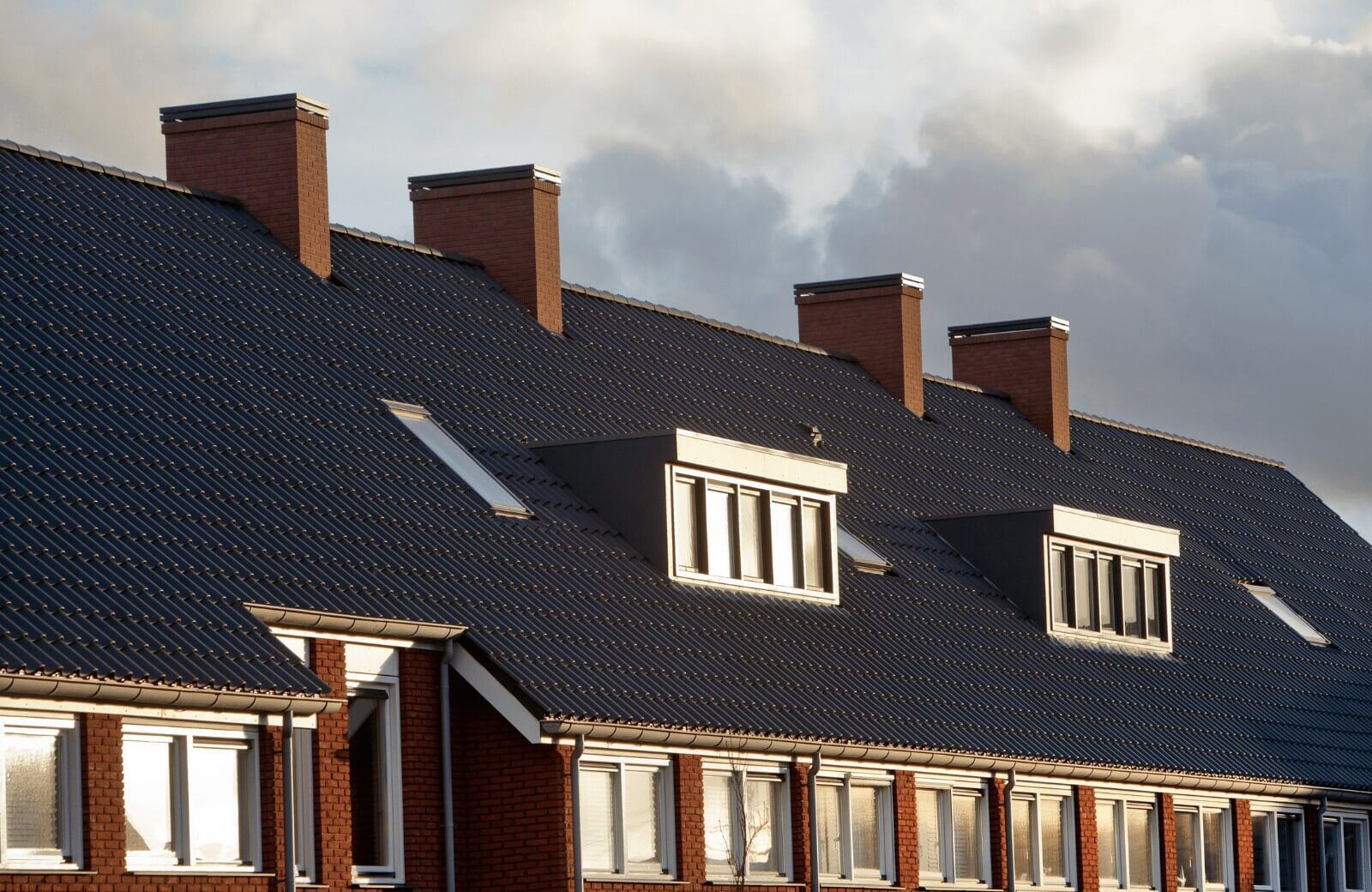
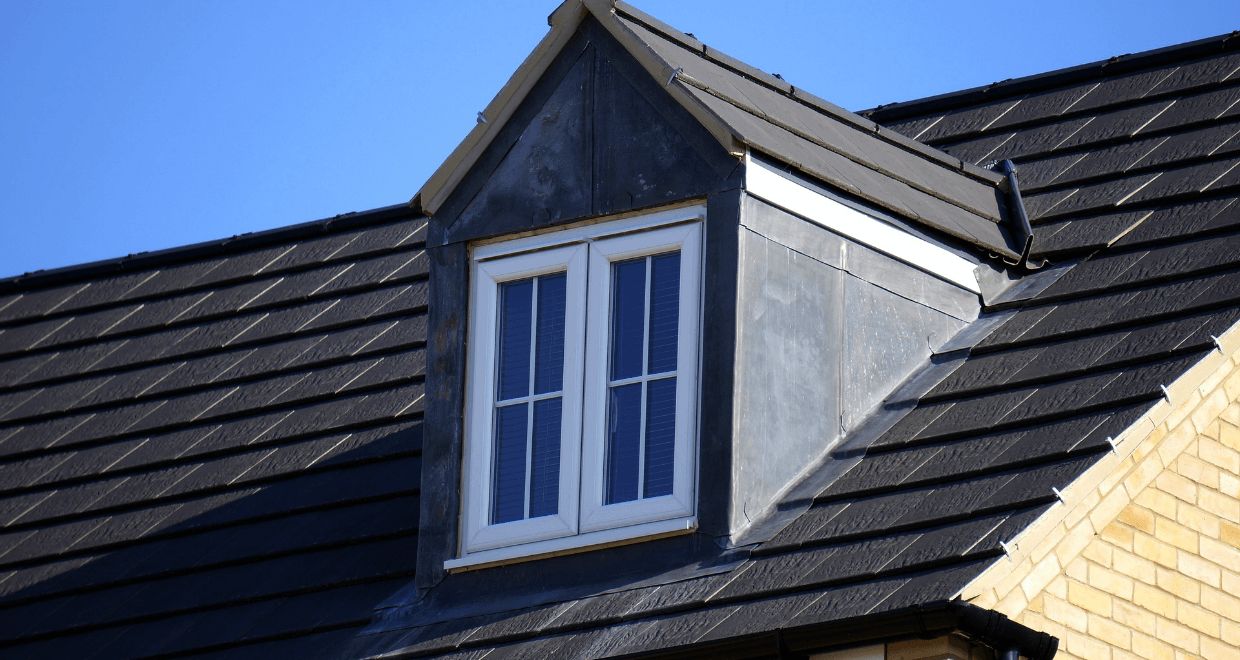
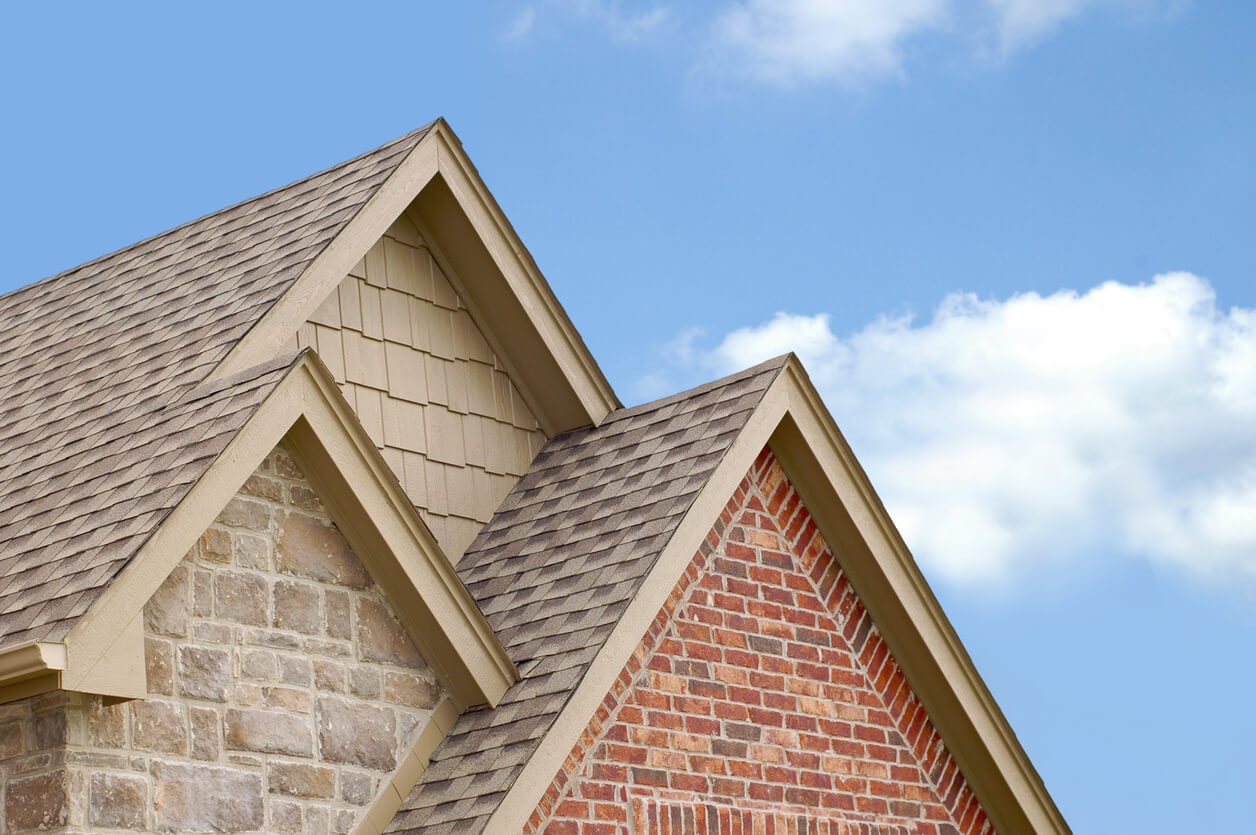
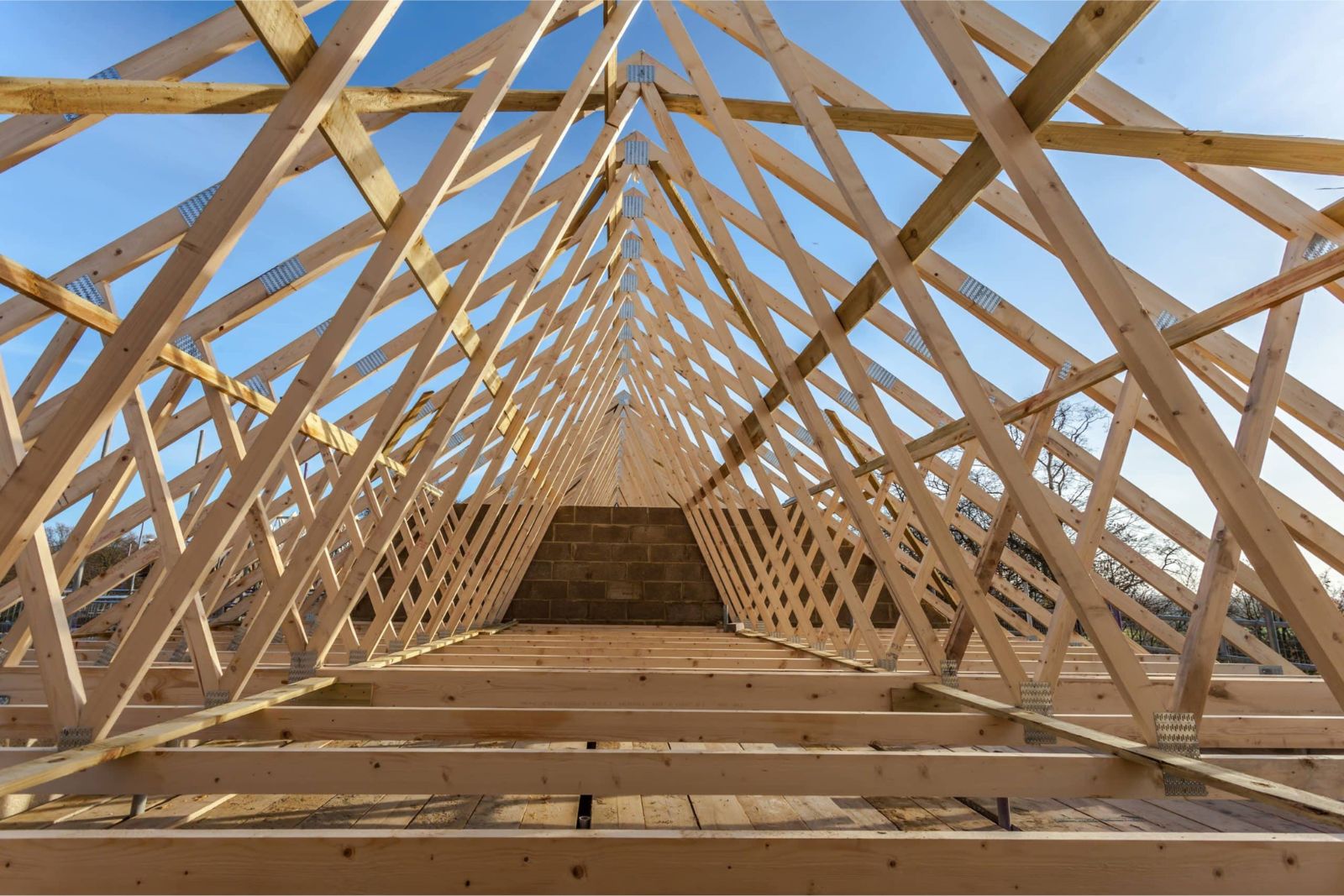

0 thoughts on “What Are Green Materials In Construction”